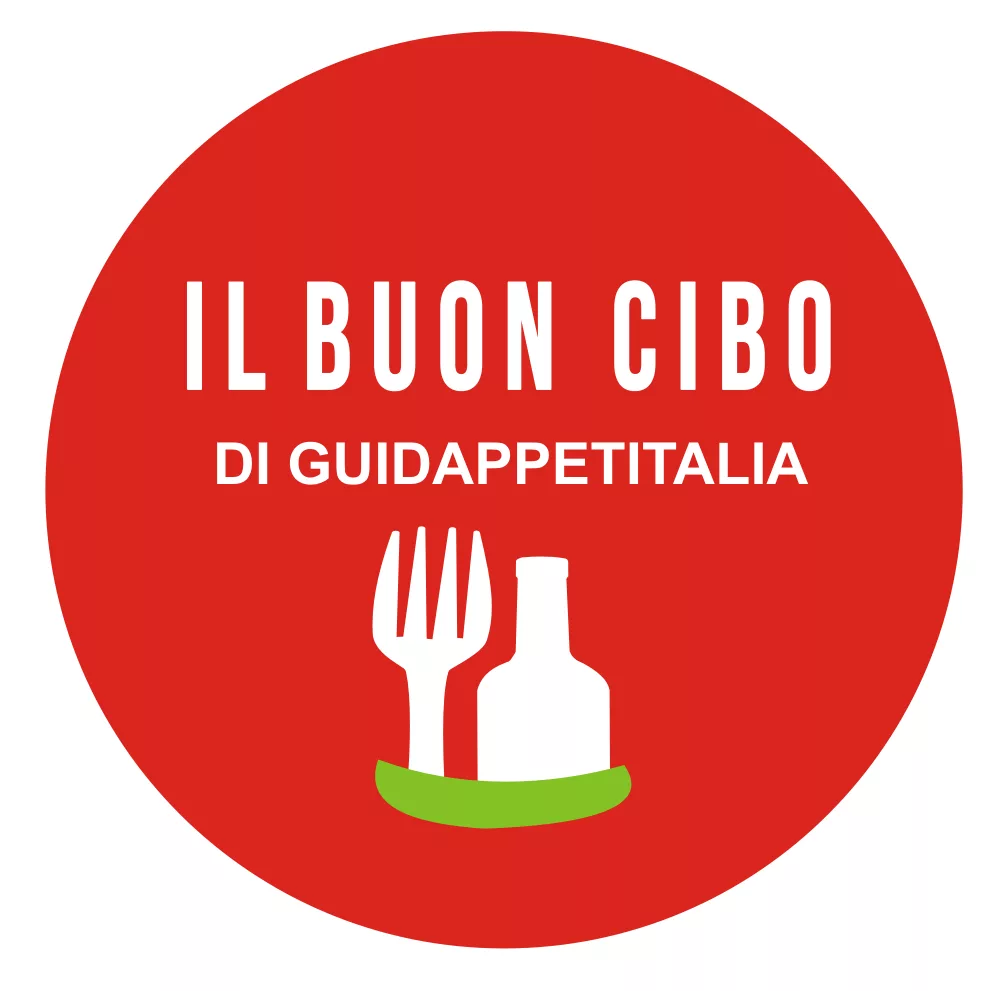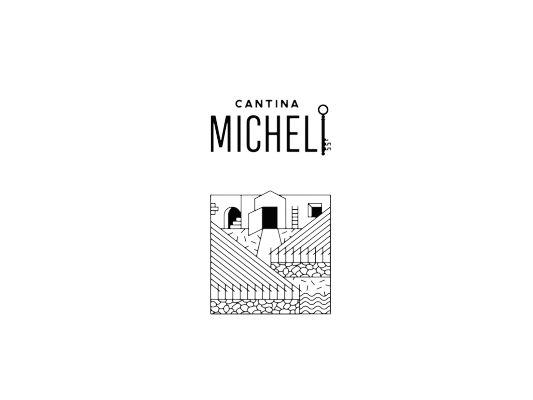The idea was born from Francesco Micheli, born in Trento in 1987, who lives in Lona, in the Cembra Valley on the left orographic side of the Avisio river. In 2007, at the small Sottolona farmhouse, while sitting on a rock and watching the sunset, he began planning how to realize his dream. With the help of his father, the owner of that small plot of land, he decided to purchase some neighboring lands that had been abandoned for years and restore them by fixing the existing dry stone walls and replanting them with Chardonnay grapes.
Special thanks for assistance in winemaking and valuable advice to Cantina Pravis in Villa Madruzzo, Distilleria F.lli Pisoni in Pergolese, and the oenologist Walter Holzer. Thanks to my girlfriend Francesca for all the hours she has dedicated and will hopefully dedicate to this project, my family, and all the friends who have supported me. Without them, none of this would exist.
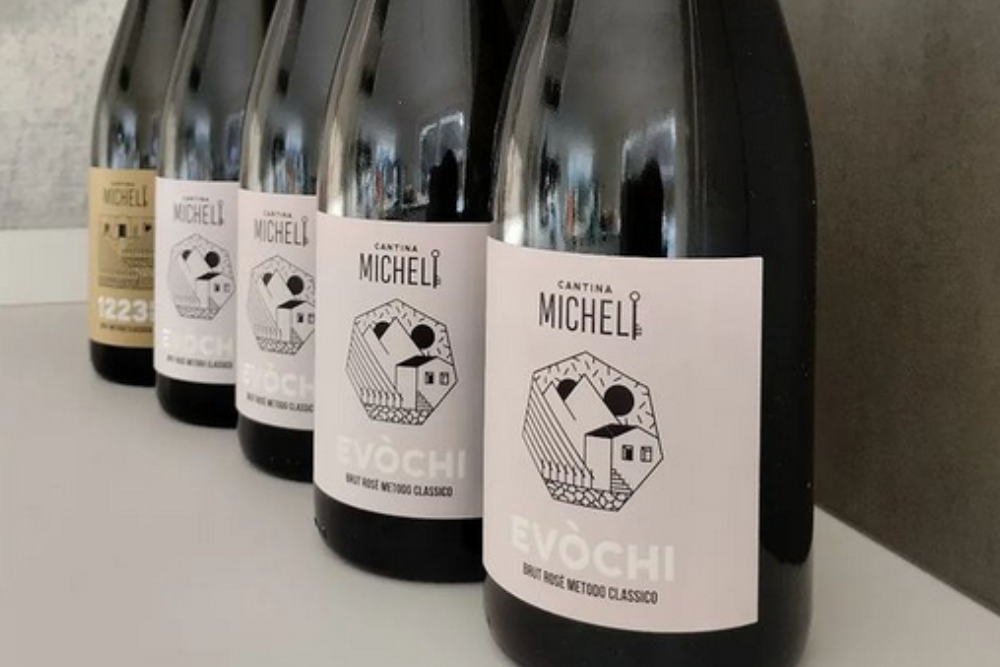
THE PRODUCTS
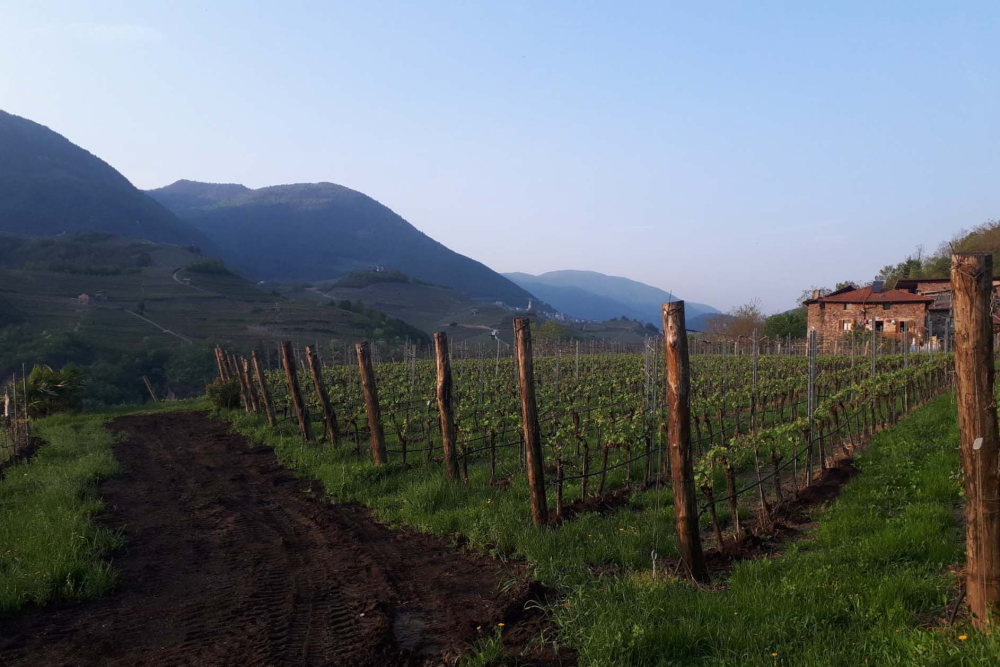
THE TERRITORY
“Maso with a press, with vineyards, with terraced fields and woods.” So named already in 1429 in the Lona assessment, Sottolona is a small and beautiful hamlet of Lona Lases. However, it was in the 1600s when the first document was drawn up in the “notary’s room” in Cembra, recording the intention of the inhabitants of Lona, Sottolona, and Piazzole to maintain relations with the people of Cembra and the towns of the Konigsberg Jurisdiction. The connecting bridge to Cembra faced numerous changes over the centuries: it was cut during the French invasions of 1796-1797, reconstructed, and finally repaired in 1964 with steel beams and larch planks that, however, did not withstand the flood of 1966. A shrine, blessed in 1856, still stands guard over the quiet hamlet. It was built by the six families living in Sottolona, with the commitment to take care of it in turns for a year, ringing the Ave Maria three times a day and half an hour before Mass in Lona on feast days.
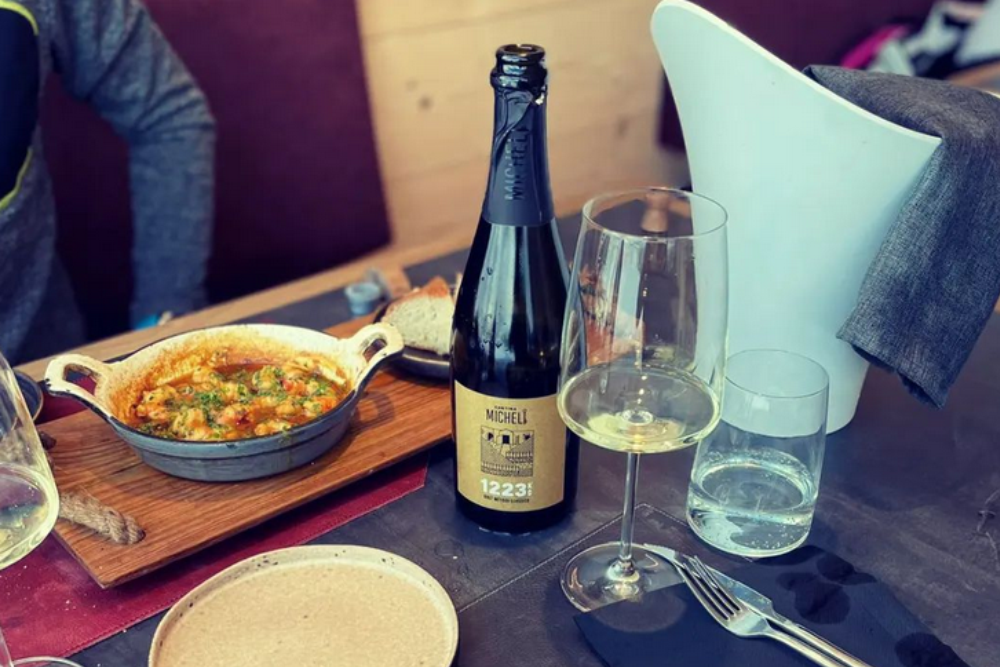
PAIRINGS
Schiava “Titon”: Pair it with typical Trentino dishes such as canederli in broth, vegetable soups, or mushroom-based dishes. It also goes well with carne salata (a local cured meat) and typical Alpine cold cuts. Avoid pairing it with rich and intensely aromatic foods.
Kerner “Soladio”: This wine complements fish or vegetable terrines, summer salads, grilled fish, and delicate fresh cheeses. Sliced cheeses also go well with this fruity and dry wine.
Spumante “1223KG”: Ideal with fried fish, tartare, and seafood, but it can also enhance the flavors of white meats or pasta dishes based on fish or vegetables.
Spumante Rosé “Evòochi”: This rosé sparkling wine pairs very well with Neapolitan pizza, tuna, and cherry tomatoes when served at a temperature of around 8°C.
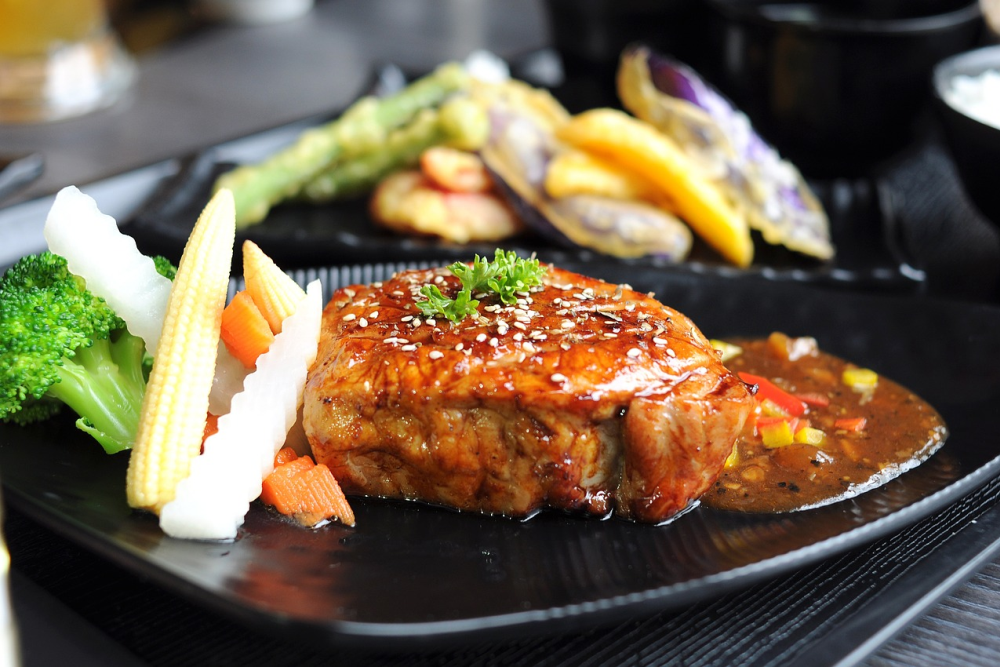
LOCAL CUISINE
“SALTED OR SMOKED MEAT.” Processed meat, to be consumed raw or cooked, obtained from the hindquarters of various animals such as pork, horse, donkey, wether, goat, deer, or roe deer, with a characteristic and aromatic scent, tender when cut, and a beautiful bright red color. When subjected to smoking, it is called “Smoked Meat,” which has a darker external color and the characteristic scent and flavor of smoked products. The portions of meat used, weighing approximately 1-2 kg for beef and horse, and much less for other species, are placed in special containers and coated with a dry brine made of salt, black pepper, juniper berries, laurel, cinnamon, and cloves, all moistened with white wine. After resting for at least 20 days, it is then placed in specific rooms for a brief maturation. If smoked, the process takes place in dedicated rooms using grape or beechwood sprinkled with juniper needles.

